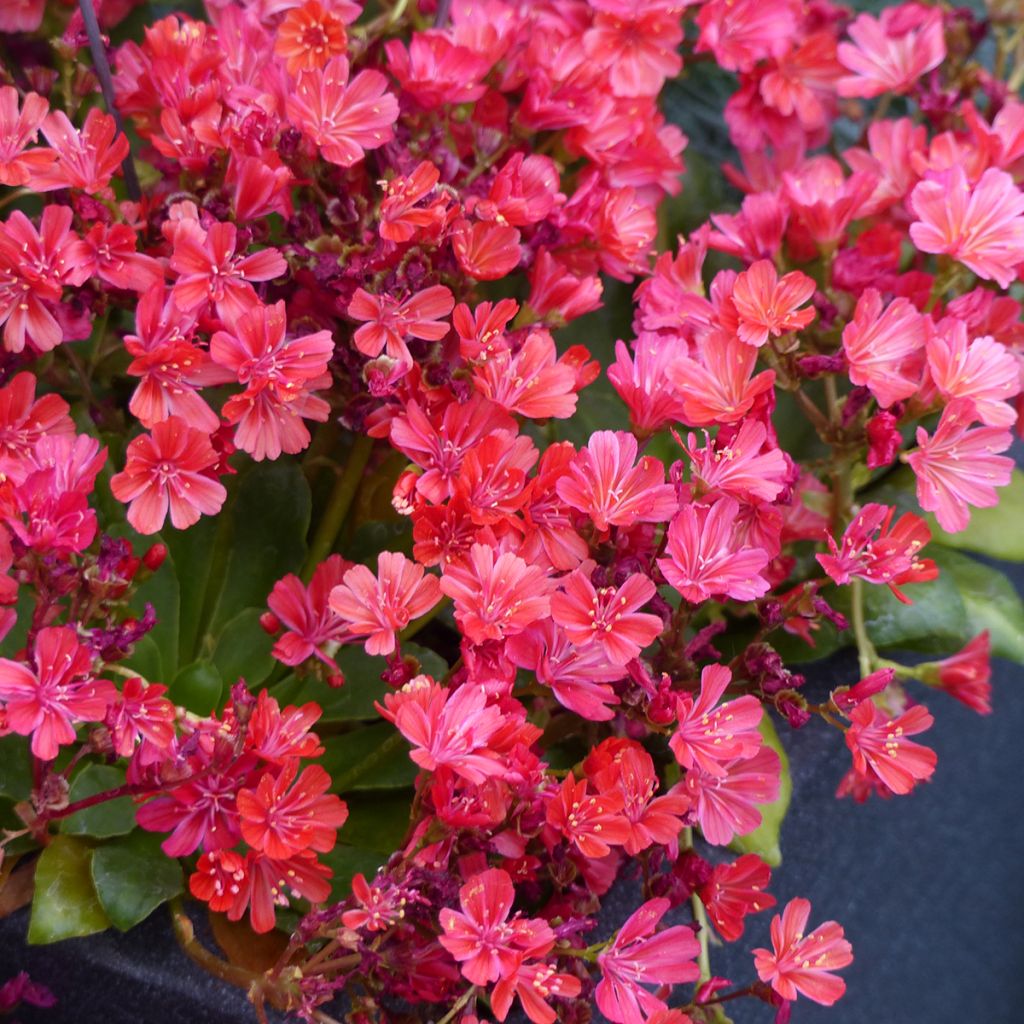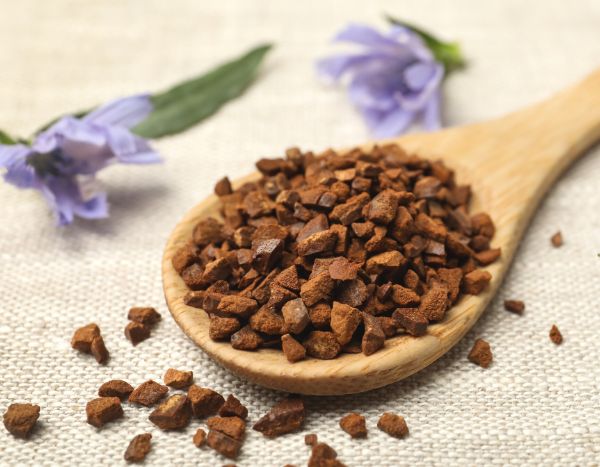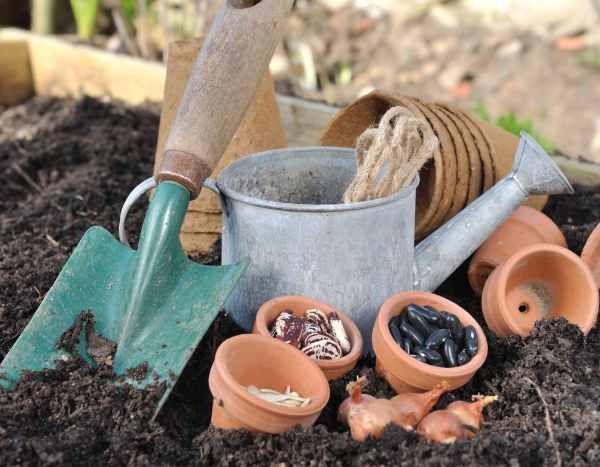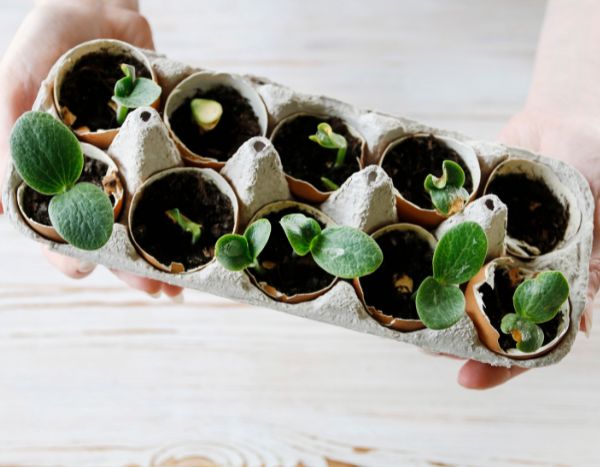

Lewisia cotyledon Elise Ruby Red seeds - Siskiyou lewisia
Lewisia cotyledon Elise Ruby Red seeds - Siskiyou lewisia
Lewisia cotyledon Elise Ruby Red
Siskiyou Lewisia, Cliff Maids
Special offer!
Receive a €20 voucher for any order over €90 (excluding delivery costs, credit notes, and plastic-free options)!
1- Add your favorite plants to your cart.
2- Once you have reached €90, confirm your order (you can even choose the delivery date!).
3- As soon as your order is shipped, you will receive an email containing your voucher code, valid for 3 months (90 days).
Your voucher is unique and can only be used once, for any order with a minimum value of €20, excluding delivery costs.
Can be combined with other current offers, non-divisible and non-refundable.
Home or relay delivery (depending on size and destination)
Schedule delivery date,
and select date in basket
This plant carries a 6 months recovery warranty
More information
We guarantee the quality of our plants for a full growing cycle, and will replace at our expense any plant that fails to recover under normal climatic and planting conditions.

Does this plant fit my garden?
Set up your Plantfit profile →
Description
growing Lewisia cotyledon 'Elise Ruby Red' from seed allows you to grow this compact alpine perennial at low cost; it is prized for its spectacular flowering in an intense ruby red. This variety stands out with its glossy, satiny flowers, borne in clusters above a dense rosette of dark green, fleshy leaves. Highly suited to rockeries, dry stone walls and planters, it creates colourful focal points in small spaces as well as in more structured compositions. It enjoys sunny or lightly shaded positions and well-drained soil, and is particularly averse to winter moisture. It therefore requires planting in free-draining ground or in pots to avoid excess water during the cold season.
Lewisia are plants from the Portulacaceae family, recently reclassified into the Montiaceae family. They are all native to the Rocky Mountains and were discovered in the early 19th century. There, they grow in small, isolated populations in rock crevices or gravelly scree. Lewisia cotyledon 'Elise Ruby Red' or Siskiyou Lewisia 'Elise Ruby Red' is a horticultural cultivar derived from the species Lewisia cotyledon, also known as Calandrinia cotyledon and Oreobroma cotyledon, native to the mountainous regions of the western United States, particularly southern Oregon and northern California. The 'Elise Ruby Red' cultivar was developed by the Dutch company Floragran and received the Fleuroselect Gold Medal for its intense ruby red hue, continuous flowering, and exceptional performance in pots or in the ground. It is distinguished by its brilliant ruby red, star-shaped flowers, measuring about 2.5 cm in diameter, which bloom from late spring to autumn. The plant forms a compact rosette of fleshy, evergreen, dark green leaves, reaching a height of 15 to 25 cm and a spread of 15 to 20 cm. The slightly hairy flower stems bear inflorescences in compound corymbs made up of several flowers. The root system consists of a taproot accompanied by clustered roots, giving the plant good drought resistance once established.
Planted in a wall crevice or nestled at the edge of a stone trough, Lewisia cotyledon ‘Elise Ruby Red’ catches the eye like a gem fallen into the rockery. Its deep red gracefully complements the silvery foliage of Artemisia ‘Lambrook Silver’, the golden flashes of Sedum ‘Angelina’ or the soft tones of Dianthus ‘Mrs Sinkins’. In a pot, it can be jewel-like, accompanied by other small dry-ground perennials, adding a precious touch to the most unexpected spots in the garden.
Report an error about the product description
Flowering
Foliage
Plant habit
Botanical data
Lewisia
cotyledon
Elise Ruby Red
Montiaceae
Siskiyou Lewisia, Cliff Maids
Calandrinia cotyledon Elise Ruby Red, Oreobroma cotyledon Elise Ruby Red
Cultivar or hybrid
Planting and care
Sow Lewisia Elise Ruby Red seeds from January to April.
It is essential to keep the seeds cool for 3 weeks: sow on the surface of good, moist compost, in pots or trays. Cover with a thin layer of vermiculite. Enclose the sowing in a polythene bag and place everything in the refrigerator (not the freezer) for 3 weeks. After this cold period, place the sowing at 10-15°C until germination, which may take 1 to 3 months. Check the container regularly and carefully transplant individual young plants when they are large enough to handle, into 7.5cm diameter pots, or into trays. If germination has not occurred during this period, repeat the cycle described above.
Grow the young plants in a cold frame until planting the following spring. Space the young plants 30cm apart. Plant them in well-drained, rich and light soil containing plenty of gravel, or in pots, in full sun in cool regions, in partial shade in the south.
Cultivation:
Lewisia cotyledon is a very hardy plant. The choice of location is crucial: the soil must be both well-drained and fertile. In the case of heavy soil, plant on a mound or add river sand and gravel to lighten the earth. Stagnant water around the roots of this plant would cause it to rot immediately. For pot planting, it is preferable to use a terracotta pot with holes in the bottom. Create a layer of gravel or clay pebbles to facilitate the drainage of water. The substrate should be composed of equal parts leaf compost, river sand and compost. Never leave water standing in the saucer, and allow the mixture to dry out almost completely between each watering. Apply a liquid fertiliser every 15 days during the growth period. In open ground, fertiliser is unnecessary, even harmful.
Place the Lewisia in full sun in cool climates, or in partial shade in warmer regions. To faithfully reflower each year, this plant needs a cold season; do not bring your potted plants into warmth in winter, but shelter them from rain which, if too abundant over a long period, could destroy the plants.
Sowing period
Intended location
Planting & care advice
This item has not been reviewed yet - be the first to leave a review about it.
Haven't found what you were looking for?
Hardiness is the lowest winter temperature a plant can endure without suffering serious damage or even dying. However, hardiness is affected by location (a sheltered area, such as a patio), protection (winter cover) and soil type (hardiness is improved by well-drained soil).

Photo Sharing Terms & Conditions
In order to encourage gardeners to interact and share their experiences, Promesse de fleurs offers various media enabling content to be uploaded onto its Site - in particular via the ‘Photo sharing’ module.
The User agrees to refrain from:
- Posting any content that is illegal, prejudicial, insulting, racist, inciteful to hatred, revisionist, contrary to public decency, that infringes on privacy or on the privacy rights of third parties, in particular the publicity rights of persons and goods, intellectual property rights, or the right to privacy.
- Submitting content on behalf of a third party;
- Impersonate the identity of a third party and/or publish any personal information about a third party;
In general, the User undertakes to refrain from any unethical behaviour.
All Content (in particular text, comments, files, images, photos, videos, creative works, etc.), which may be subject to property or intellectual property rights, image or other private rights, shall remain the property of the User, subject to the limited rights granted by the terms of the licence granted by Promesse de fleurs as stated below. Users are at liberty to publish or not to publish such Content on the Site, notably via the ‘Photo Sharing’ facility, and accept that this Content shall be made public and freely accessible, notably on the Internet.
Users further acknowledge, undertake to have ,and guarantee that they hold all necessary rights and permissions to publish such material on the Site, in particular with regard to the legislation in force pertaining to any privacy, property, intellectual property, image, or contractual rights, or rights of any other nature. By publishing such Content on the Site, Users acknowledge accepting full liability as publishers of the Content within the meaning of the law, and grant Promesse de fleurs, free of charge, an inclusive, worldwide licence for the said Content for the entire duration of its publication, including all reproduction, representation, up/downloading, displaying, performing, transmission, and storage rights.
Users also grant permission for their name to be linked to the Content and accept that this link may not always be made available.
By engaging in posting material, Users consent to their Content becoming automatically accessible on the Internet, in particular on other sites and/or blogs and/or web pages of the Promesse de fleurs site, including in particular social pages and the Promesse de fleurs catalogue.
Users may secure the removal of entrusted content free of charge by issuing a simple request via our contact form.
The flowering period indicated on our website applies to countries and regions located in USDA zone 8 (France, the United Kingdom, Ireland, the Netherlands, etc.)
It will vary according to where you live:
- In zones 9 to 10 (Italy, Spain, Greece, etc.), flowering will occur about 2 to 4 weeks earlier.
- In zones 6 to 7 (Germany, Poland, Slovenia, and lower mountainous regions), flowering will be delayed by 2 to 3 weeks.
- In zone 5 (Central Europe, Scandinavia), blooming will be delayed by 3 to 5 weeks.
In temperate climates, pruning of spring-flowering shrubs (forsythia, spireas, etc.) should be done just after flowering.
Pruning of summer-flowering shrubs (Indian Lilac, Perovskia, etc.) can be done in winter or spring.
In cold regions as well as with frost-sensitive plants, avoid pruning too early when severe frosts may still occur.
The planting period indicated on our website applies to countries and regions located in USDA zone 8 (France, United Kingdom, Ireland, Netherlands).
It will vary according to where you live:
- In Mediterranean zones (Marseille, Madrid, Milan, etc.), autumn and winter are the best planting periods.
- In continental zones (Strasbourg, Munich, Vienna, etc.), delay planting by 2 to 3 weeks in spring and bring it forward by 2 to 4 weeks in autumn.
- In mountainous regions (the Alps, Pyrenees, Carpathians, etc.), it is best to plant in late spring (May-June) or late summer (August-September).
The harvesting period indicated on our website applies to countries and regions in USDA zone 8 (France, England, Ireland, the Netherlands).
In colder areas (Scandinavia, Poland, Austria...) fruit and vegetable harvests are likely to be delayed by 3-4 weeks.
In warmer areas (Italy, Spain, Greece, etc.), harvesting will probably take place earlier, depending on weather conditions.
The sowing periods indicated on our website apply to countries and regions within USDA Zone 8 (France, UK, Ireland, Netherlands).
In colder areas (Scandinavia, Poland, Austria...), delay any outdoor sowing by 3-4 weeks, or sow under glass.
In warmer climes (Italy, Spain, Greece, etc.), bring outdoor sowing forward by a few weeks.









































